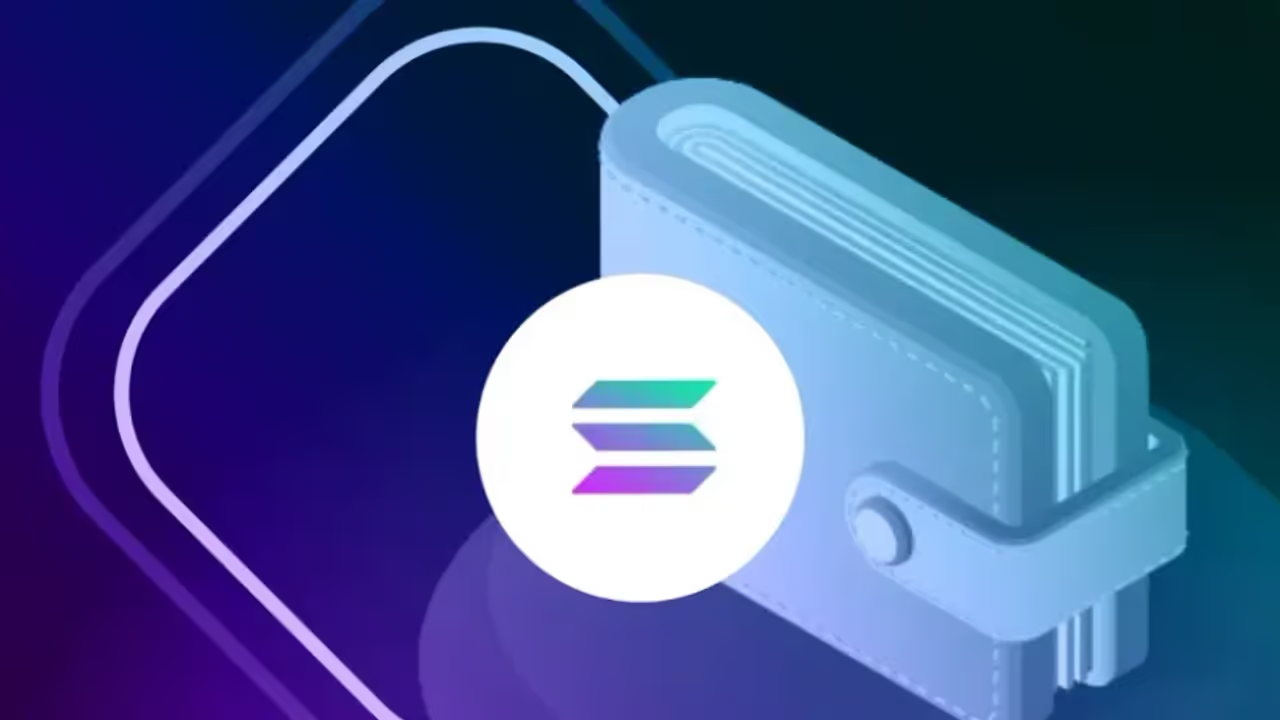Managing Your Crypto: Selecting the Ideal Solana Wallet

Hardware wallets are an excellent option for managing and protecting your SOL without sacrificing ease of use. But finding the right balance between convenience, control, and long-term security can feel like a balancing act.
Why Your Wallet Choice Matters
A reliable wallet is essential for managing your assets. A Solana wallet is popular due to the Solana blockchain’s fast transactions and low user fees. The Solana network has experienced significant growth, particularly in decentralized finance (DeFi) and non-fungible tokens (NFTs). A reliable wallet is crucial to navigating the network and keeping your assets safe and accessible. Wallets must do more than act as storage. You need wallets that work with smart contracts, facilitate token swaps easily, and manage NFT collections.
What Makes a Solana Wallet the ‘Best’?
Solana works seamlessly with SOL and SPL tokens. Solana’s main cryptocurrency is SOL, and the SPL token standard is often used for new tokens. A good wallet lets you easily send, receive, and store SOL and SPL tokens.
Solana-compatible wallets often feature user-friendly interfaces that integrate with decentralized applications (DApps) and NFT marketplaces, which can help you interact more easily with multiple platforms.
You can also access it with a desktop or a mobile device to manage your crypto anywhere and anytime.
Additionally, it protects against unauthorized access. Security is vital with cryptocurrencies, and a good wallet has strong security measures to protect your assets from hackers while giving you complete control over your private keys.
Hardware Wallets and Online Security
A Solana wallet with hardware integration lets you sign transactions without exposing your private keys to the internet. Hardware wallets also allow you to store your private keys on a secure, offline device, making it far more difficult for hackers to steal your crypto.
Unlike browser extensions or app-only wallets, hardware wallets offer a physical layer of defense while supporting features such as staking, governance participation, and storing multiple cryptocurrencies. If unsure where to begin staking, read the complete guide on safely staking Solana.
Managing Your Crypto in One Place
Many people nowadays have diverse crypto portfolios. Modern wallets allow you to manage multiple coins and tokens, making it easy to track your crypto and perform transactions without juggling various platforms. Many wallets even support cryptocurrencies, allowing you to manage your entire portfolio in one place.
If you are curious about multi-chain asset storage, consider exploring Ledger Academy’s tutorial on managing multiple crypto assets in one wallet.
Built-in Support for the Future
In April 2025, Solana added new features to bolster privacy for on-chain transactions while maintaining high speeds. At the same time, wallet software and firmware updates continue to ensure long-term compatibility. The Solana network is constantly evolving, and a good wallet will regularly update its software and firmware to keep it compatible with new features and security enhancements.
Look for products with active developer communities and frequent updates–a good sign that the developers are committed to staying ahead of blockchain changes. The wallet must be well-maintained, and updates prove that the developers care about providing a good product.
Getting Started With a Solana Wallet
Setting up your Solana wallet should be straightforward and user-friendly, and your wallet should supply clear instructions and guidance. Most hardware wallets work with native Solana apps and should give you the whole DeFi experience, from staking to token swaps. Many hardware wallets will even integrate with Solana apps and many third-party services, allowing you to access an array of DeFi features directly from your wallet.
Tips for Wallet Newbies
Always back up your recovery phrase securely and, preferably, offline. It is essential and is the only way to recover your wallet if you lose access to your device.
Also, learn to explore your wallet features, starting with basic transfers. After you have mastered that, try staking or NFT transfers. If you’re new to using a crypto wallet, start with basic features like sending and receiving tokens. As with any new skill, you can move on to more advanced features once you get the hang of the basics.
Finally, learn about Solana’s fee model and network performance through in-app insights or community resources. Understanding these factors is essential to getting the most out of your network experience.
Balancing All Your Needs
For Solana users, choosing the right wallet is a big deal. It’s not just about storing your crypto; it’s also about finding the perfect mix of convenience, control, and safety for the long haul.
